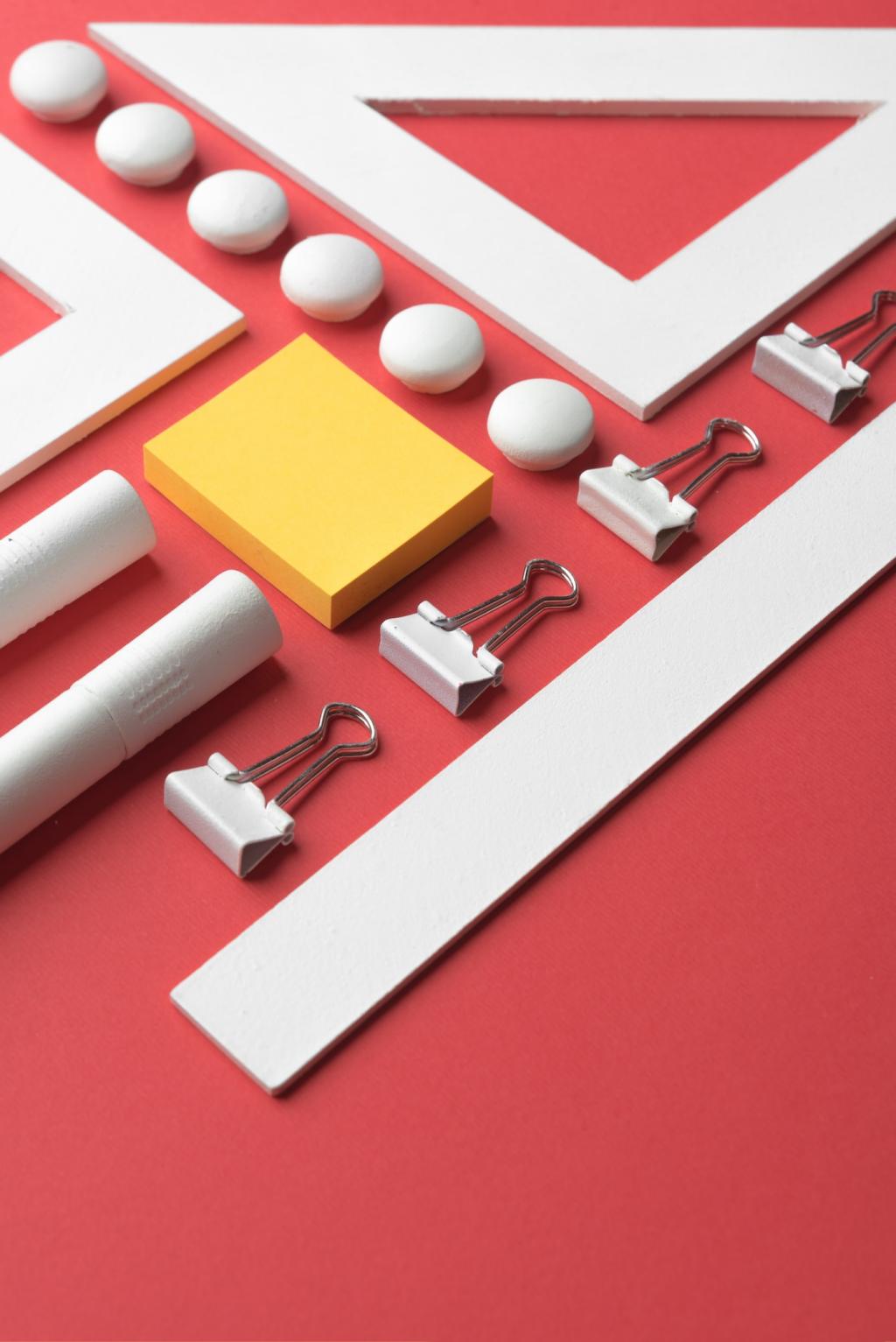
Mastering Responsive Design Techniques for Mobile Apps
Chosen theme: Responsive Design Techniques for Mobile Apps. Welcome to a practical, inspiring hub for building mobile interfaces that gracefully adapt to every screen, density, and context. We’ll blend principles, performance tactics, and real-world stories to help your app feel instantly native anywhere. If this resonates, subscribe, comment with your toughest layout challenges, and join the conversation.
Foundations of Responsive Mobile Layouts
Responsive mobile design thrives on adaptable grids and constraints that scale without breaking. Use Auto Layout, ConstraintLayout, or flex-based stacks to let content breathe, reflow, and prioritize what matters. Design with stretch, compression, and proportional sizing so UI remains coherent across compact phones and larger tablets.

Designing for Diverse Devices and Viewports
Density independence and scalable assets
Anchor sizing to density-independent units like dp, sp, and pt to keep elements consistent across screens. Supply vector icons and appropriate raster variants (@2x, @3x) without bloating bundles. Consider Lottie or vector drawables for crisp animation, and let typography scale with user settings to honor accessibility.
Safe areas, notches, and system bars
Modern devices have camera cutouts, curved corners, and translucent system bars. Respect insets and safe areas so content remains visible and touchable. Test edge-to-edge, support display cutouts, and gracefully accommodate gesture navigation by providing comfortable bottom padding and avoiding critical actions near the screen edges.
Orientation changes and multi-window
Support rotation without losing state. Decide when to lock orientation and when to adapt gracefully using responsive containers and reflow rules. For tablets and foldables, embrace multi-window and continuity, promoting components that can expand, split, or stack while keeping primary tasks clear and discoverable.
Performance-First Responsiveness
Use efficient formats like WebP or HEIF, and prefer vector graphics for scalable UI elements. Defer heavy media loading, prefetch responsibly, and implement lazy lists to keep scrolling smooth. Compress judiciously while guarding clarity, and always tailor assets to density to avoid waste and shimmering.
Typography, Content, and Localization at Scale
Respect system text scaling through Dynamic Type and fontScale. Use relative units and fluid line heights so copy remains legible as users increase sizes. Test extreme settings to ensure headings, labels, and buttons continue to align and wrap without clipping or crowding important controls.
Typography, Content, and Localization at Scale
Aim for comfortable line lengths by adjusting width, spacing, and type size per breakpoint. Establish a clear hierarchy with responsive headings, supportive captions, and consistent rhythm. White space is your ally, helping users scan and understand content quickly without feeling cramped or overwhelmed.
Typography, Content, and Localization at Scale
Plan for longer strings and right-to-left layouts. Mirror icons where appropriate, avoid concatenated strings, and allow flexible containers to grow. Provide content fallback rules, prevent orphaned labels, and validate truncation policies. Good localization support is a cornerstone of truly responsive, globally usable mobile apps.
Thumb zones and comfortable reach
Place primary actions within easy thumb reach, typically lower and central on taller phones. Favor bottom navigation, floating action buttons with generous padding, and movable handles. Respect comfort curves so frequent tasks demand less stretch, reducing errors and fatigue during everyday use.
Gesture discoverability and alternatives
Swipe gestures feel magical but can hide affordances. Pair them with visible hints, subtle animations, and accessible alternatives like buttons or menus. Provide onboarding nudges sparingly, reinforce with microinteractions, and avoid gesture conflicts near system edges to keep interactions predictable and learnable.
Case Study: A Small Team’s Responsive Redesign
The problem: fragmented experiences across devices
Users on compact phones struggled with clipped labels, while tablet users saw awkward whitespace and stretched lists. Support tickets spiked around orientation changes, and accessibility complaints grew. The team realized their layouts weren’t truly responsive, just resized with inconsistent spacing and unreliable tap targets.
The approach: tokens, breakpoints, and performance
They introduced design tokens for spacing, color, and type; defined compact, medium, and expanded ranges; and audited safe areas and image densities. Profiling reduced layout thrash and overdraw. With skeleton states and better caching, perceived speed improved dramatically without sacrificing clarity or discoverability.
The outcome: happier users, measurable wins
After launch, day-seven retention rose by 18%, crash reports tied to rotation dropped sharply, and average task time decreased on smaller devices. Ratings mentioned comfort and clarity. The team now iterates with analytics and user feedback—tell us what metrics you track, and we’ll suggest responsive experiments next.
